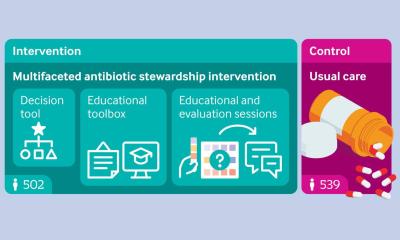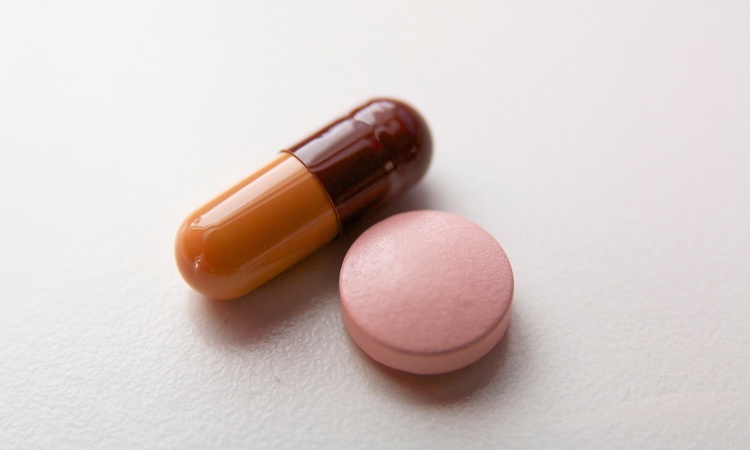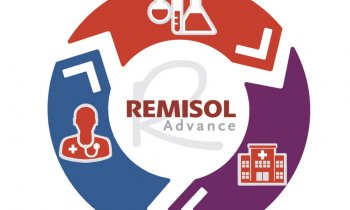Medication study
Experts: nearly a fifth of antibiotic prescriptions unnecessary
A study examining the impact of antibiotics prescribed for nearly 1500 adult patients admitted to The Johns Hopkins Hospital found that adverse side effects occurred in a fifth of them, and that nearly a fifth of those side effects occurred in patients who didn’t need antibiotics in the first place.

Their report adds to growing evidence that antibiotics are not benign and that clinicians often fail to weigh both the risks and benefits of antibiotics before prescribing them. “Too often, clinicians prescribe antibiotics even if they have a low suspicion for a bacterial infection, thinking that even if antibiotics may not be necessary, they are probably not harmful,” says Pranita Tamma, M.D., M.H.S., assistant professor of pediatrics and director of the Pediatric Antimicrobial Stewardship Program at The Johns Hopkins Hospital. “But that is not always the case. Antibiotics have the potential to cause real harm to patients. Each time we think to prescribe an antibiotic, we need to pause and ask ourselves, Does this patient really need an antibiotic?” And, she adds, “If the patient develops an antibiotic-associated adverse reaction, even though that is, of course, unfortunate, we should be able to take some comfort in knowing that at least the antibiotic was truly necessary.”
In the study, the researchers evaluated the electronic medical records of 1488 adults admitted to the general medicine services at The Johns Hopkins Hospital between September 2013 and June 2014. The patients were admitted for reasons ranging from trauma to chronic disease, but all received at least 24 hours of antibiotic treatment. The researchers followed patients for 30 days after hospital discharge to determine the likelihood of an adverse reaction to antibiotics and to identify how many adverse reactions could be avoided by eliminating unnecessary antibiotic use. They concluded that overall, 20 percent of patients who received antibiotics experienced one or more adverse effects, noting that for each additional 10 days of antibiotics, the risk of side effects increased by 3 percent. Gastrointestinal, kidney and blood abnormalities were the most common side effects experienced, accounting for 42 percent, 24 percent and 15 percent of adverse effects experienced, respectively.
Patients were observed for up to 90 days for the development of Clostridium difficile infection -- a bacterial cause of diarrhea that can become severe -- and for the development of new multidrug-resistant infections, as these often take longer to become apparent. A total of 4 percent and 6 percent of patients developed C. difficile infections and potential multidrug-resistant organism infections, respectively. While no deaths were attributed to any antibiotic side effects in this study, the researchers say, 24 percent of patients had prolonged hospital stays as a result of adverse effects; 3 percent of patients experienced additional hospital admissions; 9 percent of patients required additional emergency department or clinic visits; and 61 percent of patients needed additional diagnostic tests.
Beyond the emotional and financial costs of dealing with the side effects, researchers also concluded that 19 percent of antibiotics prescribed to patients were clinically unnecessary, meaning that two reviewing infectious disease experts found no indication of bacterial infections in these patients. The rate of adverse effects in this group was the same as in the overall group – 20 percent, according to Tamma. The Johns Hopkins team cautioned that their study may actually be underestimating the number of antibiotic-associated adverse effects that occur in the general population because The Johns Hopkins Hospital has a robust Antibiotic Stewardship Program that guides clinicians through making wise antibiotic choices. “In general, we would expect our hospital to have lower numbers of antibiotic-associated side effects than at hospitals without antibiotic stewardship programs because our stewardship team assists health care providers with optimizing the administration of antibiotics, and we tend to recommend targeted therapies for shorter periods of time,” says Sara Cosgrove, M.D., M.S., professor of medicine and director of the Antimicrobial Stewardship Program at The Johns Hopkins Hospital.
Tamma says the absence of universal electronic records in all clinics may also contribute to underestimation of harmful effects associated with antibiotics: “There may have been more visits for adverse effects that we were unable to track.” In addition to raising further awareness about unnecessary prescribing among physicians, Tamma says the new study results should also encourage patients to ask questions and understand the risks. “I think it’s good for patients to ask their doctors about potential side effects and how to recognize them,” she says. “That alone could reduce a large portion of unnecessary antibiotic prescribing.”
Source: Johns Hopkins Medicine
16.06.2017











